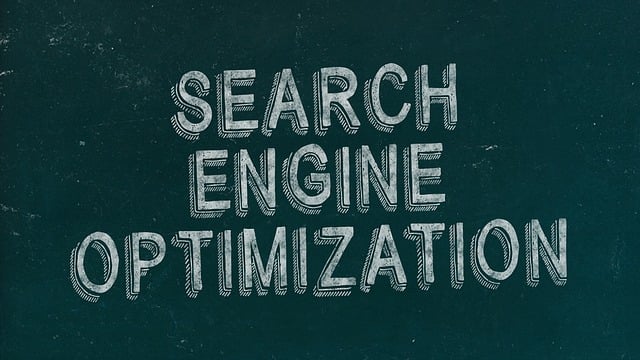AI accessibility audit tools are transforming commercial real estate (CRE) by streamlining lease drafting, leveraging algorithms to analyze data and generate tailored, error-free documents. This automation liberates professionals from routine tasks, allowing them to focus on strategic initiatives. The process involves AI analyzing existing leases, generating drafts using natural language processing (NLP), identifying discrepancies for manual review, and producing final documents in less time and with fewer resources. While integrating AI into CRE lease management presents challenges, tailored AI audit tools can identify and address biases, fostering inclusivity. Future developments should focus on diverse testing, inclusive design, and robust feedback mechanisms to ensure ethical standards as AI continues revolutionizing CRE leasing.
“Unleashing the Power of AI in Commercial Real Estate: Revolutionizing Automated Lease Drafting
The integration of Artificial Intelligence (AI) into commercial real estate (CRE) is reshaping traditional practices, especially in lease management. This article explores how AI is transforming the drafting process, offering unprecedented efficiency and accuracy. We delve into the benefits, from streamlining lease creation to ensuring fairness and transparency. Additionally, we provide a comprehensive guide on automated lease drafting and discuss challenges, including accessibility and audit tools for commercial buildings, as well as future prospects.”
- Understanding AI's Role in Commercial Real Estate: Benefits and Applications
- The Process of Automated Lease Drafting with AI: Step-by-Step Guide
- Ensuring Accessibility and Equity: Challenges and Future Considerations for AI in CRE Lease Management
Understanding AI's Role in Commercial Real Estate: Benefits and Applications

Artificial Intelligence (AI) is transforming the landscape of commercial real estate, offering unprecedented efficiency and accuracy in various processes. When applied to lease drafting, AI accessibility audit tools for commercial buildings can significantly streamline and optimize this critical aspect of property management. These tools utilize advanced algorithms to analyze large volumes of data, including lease agreements, building specifications, and regulatory requirements, enabling rapid generation of customized lease documents tailored to specific properties and tenants.
By automating the lease drafting process, AI reduces the risk of errors, enhances consistency, and accelerates negotiations. It also frees up time for real estate professionals, allowing them to focus on higher-value tasks like relationship building and strategic planning. Furthermore, AI accessibility audit tools can provide valuable insights into building operations, identifying areas for improvement and contributing to more sustainable and efficient commercial spaces.
The Process of Automated Lease Drafting with AI: Step-by-Step Guide

The process of automated lease drafting with AI involves several key steps, streamlining the creation and negotiation of commercial real estate leases. Initially, an AI accessibility audit tool for commercial buildings is utilized to thoroughly analyze existing lease documents and relevant data. This step ensures that all necessary clauses, conditions, and stipulations are accounted for and formatted in a structured manner.
Subsequently, the AI system uses natural language processing (NLP) to interpret the analyzed data, automatically generating a draft lease. This draft is then compared against legal standards, industry best practices, and specific client requirements using advanced algorithms. Any discrepancies or areas needing customization are highlighted for manual review. After necessary adjustments, the final lease document is produced, significantly reducing the time and resources required for traditional lease drafting methods.
Ensuring Accessibility and Equity: Challenges and Future Considerations for AI in CRE Lease Management

Ensuring Accessibility and Equity presents a unique challenge as we integrate AI into Commercial Real Estate (CRE) lease management, especially when considering automated lease drafting. With advancements in AI technology, there’s an opportunity to streamline processes and improve efficiency. However, it’s crucial to address potential barriers that may exclude certain stakeholders or lead to inequalities. One key aspect is the development of AI accessibility audit tools tailored for commercial buildings, which can identify and rectify biases or disparities within draft lease agreements. These tools would enable a thorough review, ensuring compliance with accessibility standards and regulations, thus fostering inclusivity throughout the leasing process.
Looking ahead, as AI continues to play a significant role in CRE, future considerations should include diverse testing and validation methods, inclusive design principles, and robust feedback mechanisms. By proactively addressing these challenges, we can create an environment where AI-driven lease drafting promotes equity, accessibility, and transparency for all parties involved, revolutionizing the way commercial leases are managed while upholding ethical standards.
AI is poised to revolutionize commercial real estate (CRE) lease management, streamlining processes with automated lease drafting. This technology offers significant benefits, from reducing manual errors to accelerating turnaround times. However, ensuring accessibility and equity remains a challenge. As AI continues to evolve, implementing accessibility audit tools for commercial buildings will be crucial to create a level playing field for all stakeholders. By addressing these considerations, the future of AI in CRE lease management looks promising, enabling more efficient, fair, and transparent transactions.
